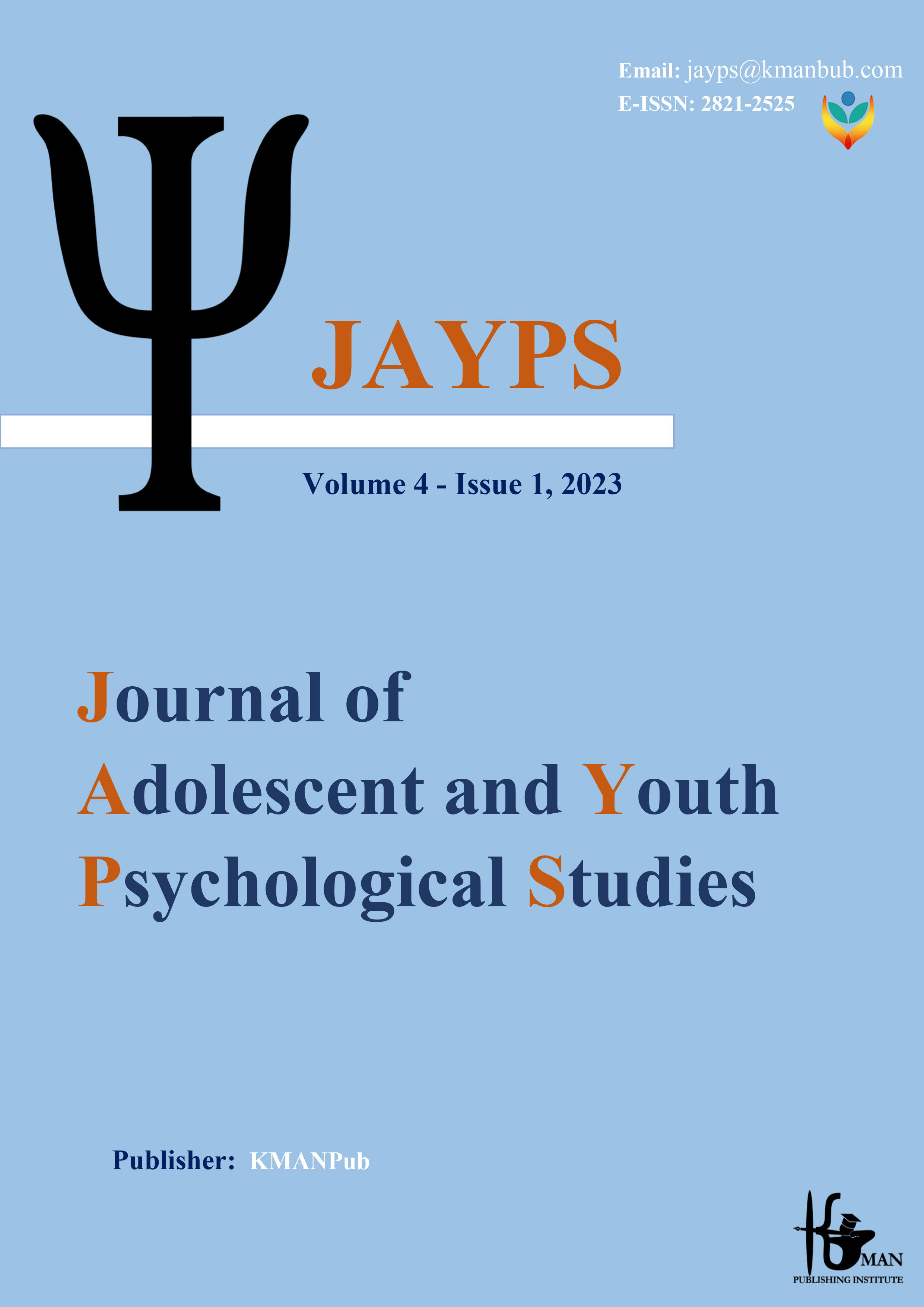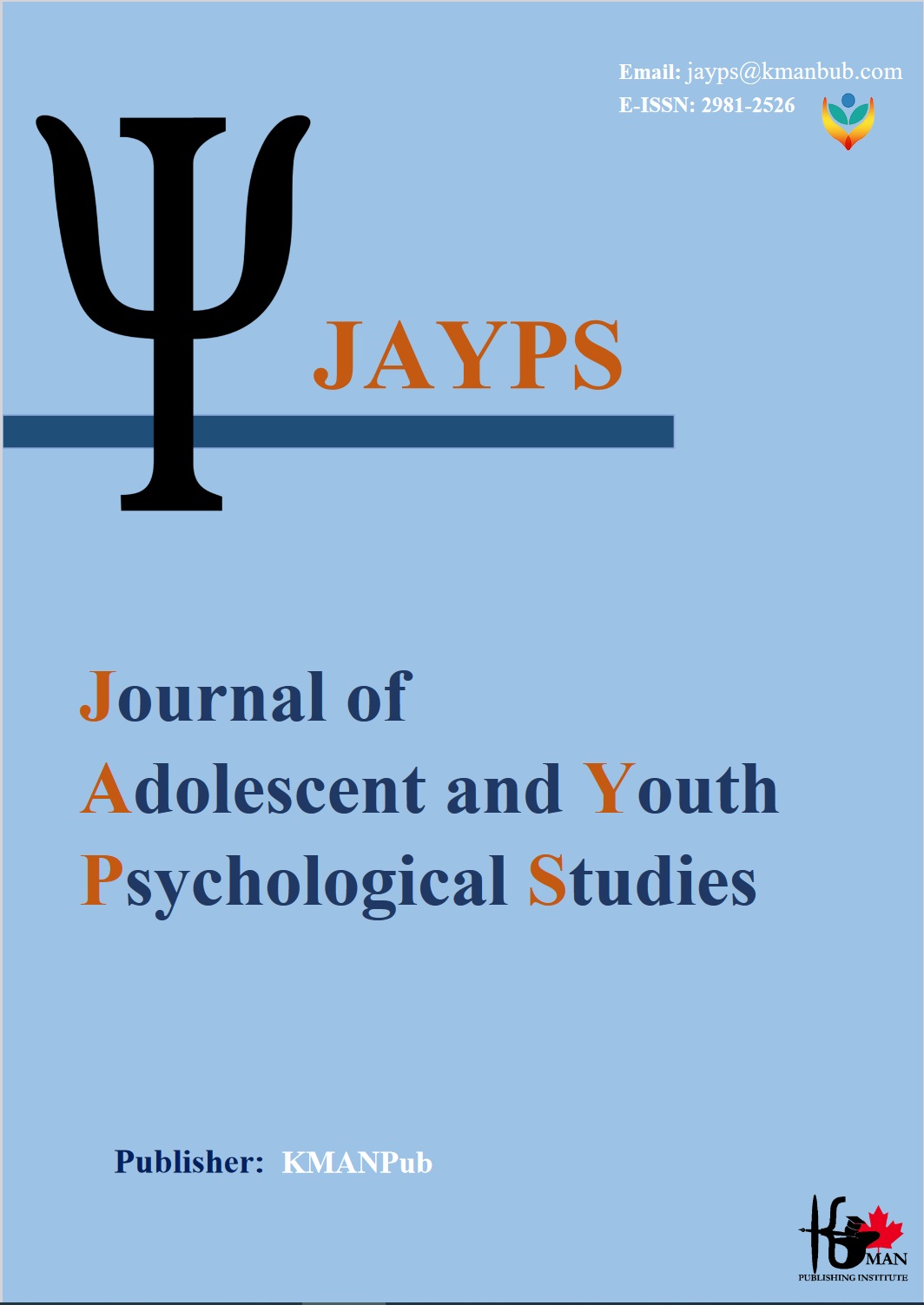Recognizing the causal model of psychological well-being of students with hearing impairment based on attachment styles, family emotional atmosphere, social support and the mediating role of hope
DOI:
https://doi.org/10.61838/kman.jayps.4.1.15Keywords:
Psychological well-being, Attachment styles, Family emotional atmosphere, Social support, Hope, Children with hearing impairment.Abstract
Background and Aim: In our world, most of the information, data and knowledge is received and stored through the sense of hearing. The current research aimed to know the causal model of psychological well-being of students with hearing impairment based on attachment styles, family emotional atmosphere, social support and the mediating role of hope. Methods: The current research is a descriptive research, of the structural equation modeling type. The statistical population of the current research included children with hearing impairment in secondary schools in Tehran in the academic year 2021. With the help of multi-stage cluster sampling method, 204 students with hearing impairment were selected as the research sample. The data collection tools in this research include: Ryff psychological well-being questionnaire (1989), Hazen and Shaver attachment styles questionnaire (1987), Hillburn's emotional atmosphere questionnaire (1964), Tos Ziman's friend support questionnaire (1988), and Schneider, Harris Anderson's hope questionnaire (1991). Results: The research results showed that secure, avoidant and ambivalent (anxious) attachment styles directly affect psychological well-being. But indirectly and influenced by the mediating role of hope, they do not affect students' psychological well-being. Also, the emotional atmosphere of the family has a direct and indirect effect on psychological well-being through the hope variable. Friends' social support also, directly and indirectly, affects psychological well-being through the hope variable. Conclusion: Therefore, it can be concluded that avoidant, secure and ambivalent attachment styles directly affect psychological well-being scores. But they do not play a role in explaining psychological well-being scores through hope. In other words, the hope variable has not been able to play a role in the influence of lifestyles on psychological well-being. Attachment style represents the essential innate needs for social communication among people.
Downloads
Downloads
Published
Issue
Section
License

This work is licensed under a Creative Commons Attribution-NonCommercial 4.0 International License.







